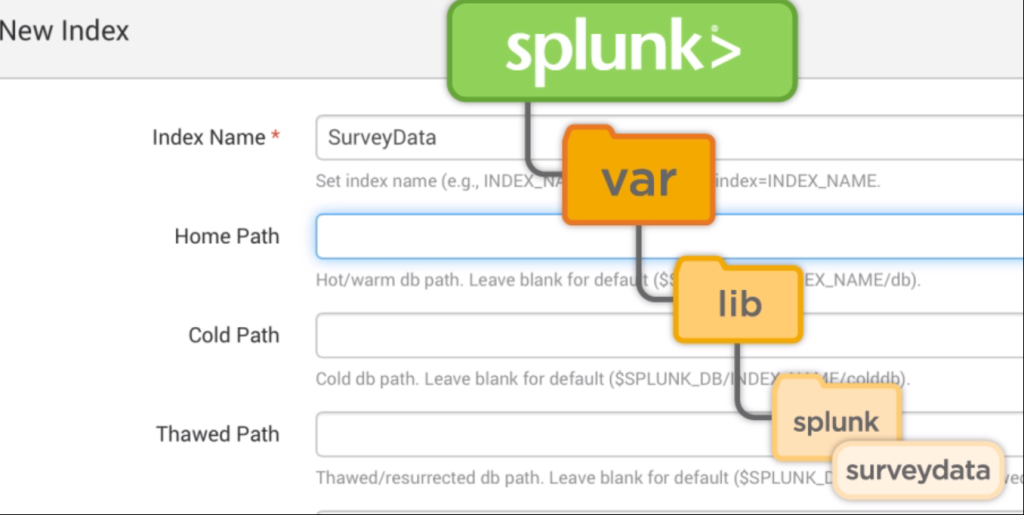
In the age of information, data is the new gold. Every business, organization, and individual is generating and collecting vast amounts of data every day. However, this data is only valuable if it can be harnessed and turned into actionable insights. Enter Splunk, a powerful data analysis and visualization tool that helps organizations make sense of their data deluge. In this blog, we’ll explore how Splunk can help you unleash the full potential of your data.
The Data Deluge Dilemma
The modern world runs on data. From online transactions and social media interactions to industrial sensor readings and healthcare records, data is being generated at an unprecedented rate. However, this sheer volume of data can be overwhelming and often leads to the “data deluge” dilemma. Without the right tools and strategies, organizations can drown in their own data, missing out on valuable insights and opportunities.
Enter Splunk
Splunk is a powerful and versatile data platform that helps organizations collect, index, and analyze data from various sources in real-time. It’s not just a tool; it’s a comprehensive platform that empowers organizations to turn their data into actionable insights, drive operational intelligence, and improve decision-making.
Key Features of Splunk
- Data Collection: Splunk can ingest data from a wide variety of sources, including logs, events, metrics, and more. This makes it an ideal choice for organizations with diverse data types.
- Real-time Search: Splunk allows you to search and analyze data in real-time, enabling you to detect and respond to issues as they occur.
- Data Visualization: The platform offers powerful data visualization tools, allowing you to create customized dashboards and reports that provide a clear view of your data.
- Machine Learning and AI Integration: Splunk incorporates machine learning and AI capabilities, making it easier to predict trends, detect anomalies, and gain deeper insights from your data.
- Security and Compliance: Splunk is widely used for security information and event management (SIEM) purposes, helping organizations identify and respond to security threats.
- Customization: Splunk is highly customizable, allowing you to tailor the platform to your specific needs and requirements.
Industries Benefiting from Splunk
Splunk has found applications in a wide range of industries:
- IT Operations: Splunk helps IT teams monitor and troubleshoot system performance, reducing downtime and improving efficiency.
- Security: As mentioned earlier, Splunk is a crucial tool for security professionals to monitor and respond to security threats.
- Financial Services: In the financial sector, Splunk is used to detect fraud, analyze market data, and ensure compliance with regulations.
- Healthcare: Healthcare organizations use Splunk to manage and analyze patient data, improving patient care and operational efficiency.
- Retail: Splunk helps retailers analyze customer data, optimize inventory, and enhance the customer experience.
- Manufacturing: In manufacturing, Splunk is used for predictive maintenance, quality control, and process optimization.
Getting Started with Splunk
To get started with Splunk, you can download and install it on your preferred platform. Splunk offers both free and paid versions, so you can choose the option that best fits your needs and budget. Once installed, you can begin collecting and analyzing data. To make the most of Splunk, consider enrolling in training courses and certifications offered by Splunk to master the platform’s features and capabilities.